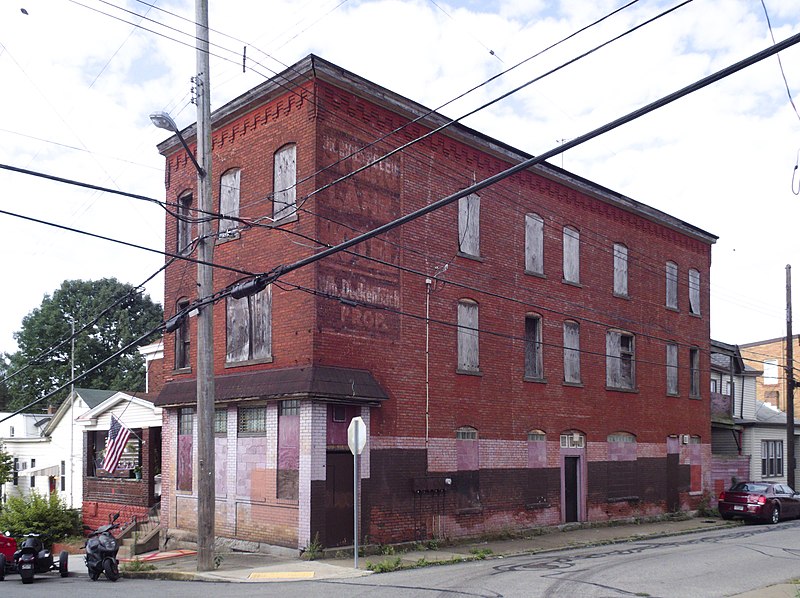
This hotel was built in 1959 as the Pittsburgh Hilton & Towers. It was probably meant by its architect to have the elegance of simplicity, and no one will argue about the simplicity. In the 2000s it was decided to add an egregiously mismatched postmodern front to the building; the Hilton, though, seemed to be constantly running out of money, and the addition sat half-finished for years. It was finally completed under the new owners.



















